Home>diy>Building & Construction>How To Build A Concrete Foundation
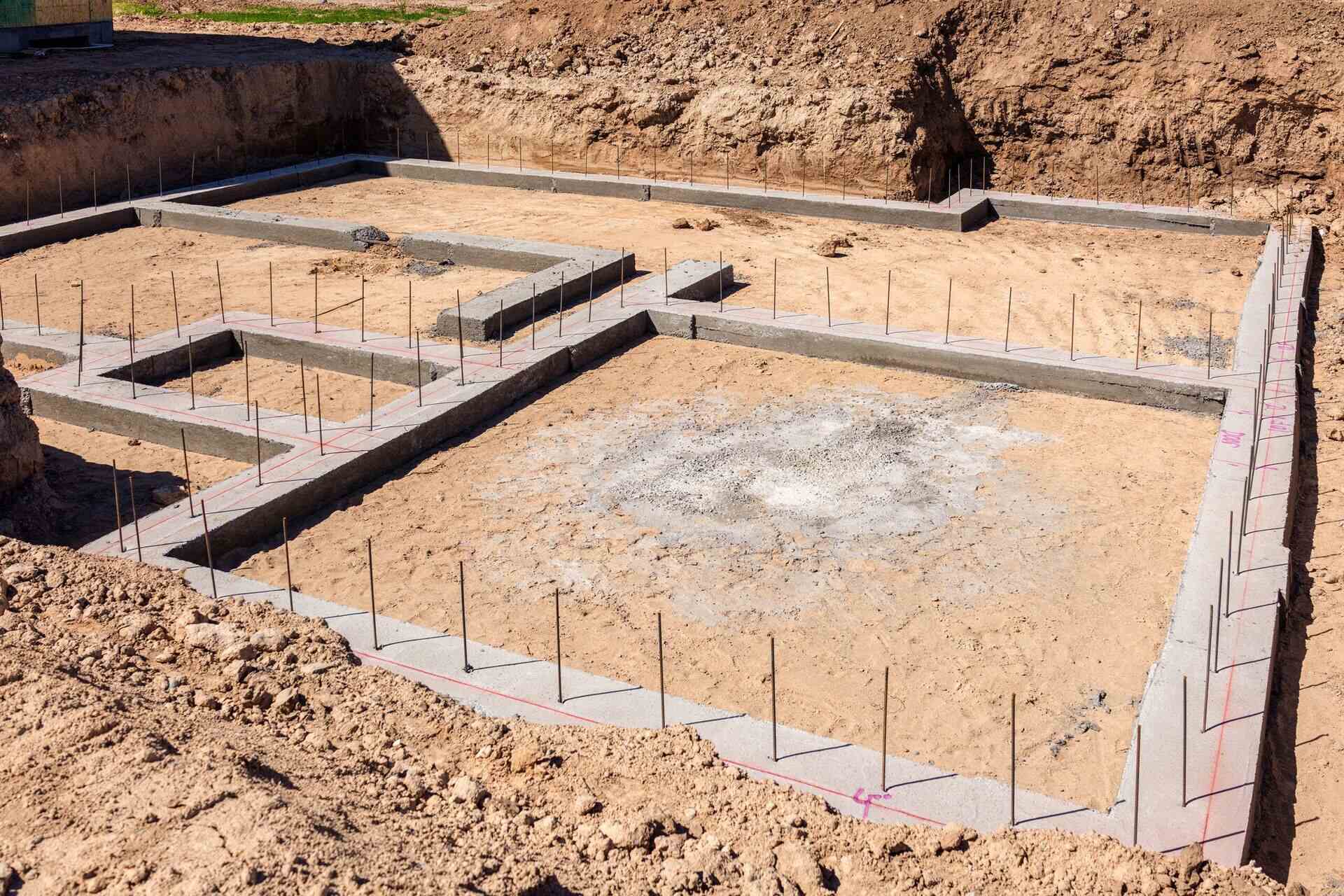

Building & Construction
How To Build A Concrete Foundation
Modified: December 7, 2023
Learn the steps involved in building a strong concrete foundation for your construction project. Explore the essential techniques, materials, and tools needed for successful building construction.
(Many of the links in this article redirect to a specific reviewed product. Your purchase of these products through affiliate links helps to generate commission for Storables.com, at no extra cost. Learn more)
Introduction
Welcome to the world of construction! Building a strong and sturdy foundation is crucial for any construction project, whether it’s a small residential house or a towering skyscraper. The foundation serves as the base upon which the entire structure rests, providing stability and preventing any future structural issues.
In this comprehensive guide, we will walk you through the process of building a concrete foundation. Concrete foundations are widely used due to their durability, strength, and ability to withstand external forces such as earthquakes and harsh weather conditions. By following these steps, you can ensure that your foundation is built to last.
Before we dive into the nitty-gritty of the construction process, it’s important to understand the significance of proper foundation construction. A solid foundation not only supports the weight of the building but also transfers it to the soil underneath. It also helps to prevent settling and shifting of the structure, which can lead to structural damage and costly repairs in the future.
Building a foundation requires careful planning, precise execution, and adherence to local building codes and regulations. It is a complex process that involves several steps, from site preparation to the curing and drying of the concrete. Each step contributes to the overall strength and longevity of the foundation.
In the following sections, we will break down the building process into easy-to-follow steps. We will provide detailed explanations and tips for each step, empowering you to undertake your foundation construction project with confidence.
So let’s roll up our sleeves and get started on building a solid concrete foundation that will serve as the backbone of your construction project.
Key Takeaways:
- Build a solid foundation by carefully preparing the site, excavating accurately, and constructing sturdy formwork. Proper reinforcement, precise concrete pouring, and meticulous finishing ensure a durable and reliable concrete foundation.
- Ensure the longevity of your construction project by following the seven essential steps of building a concrete foundation. From meticulous site preparation to thorough curing and drying, each step contributes to the strength and stability of the foundation.
Read more: How To Build A Concrete Block Foundation
Step 1: Site Preparation
Before you can start construction on your foundation, the first step is to prepare the site. Proper site preparation is crucial for ensuring a stable foundation and minimizing potential issues down the line.
The site preparation process begins with clearing the area of any vegetation, debris, or obstacles that may hinder the construction process. This includes removing trees, shrubs, rocks, and leveling the ground. It’s important to ensure that the site is free from any potential hazards and provides a clean, level surface for the foundation.
Once the site is cleared, the next step is to mark the boundaries of the foundation. This involves using stakes and strings or spray paint to outline the dimensions of the foundation. Accurate marking is essential to ensure that the foundation is built within the desired parameters and meets the architectural plans.
In addition to marking the boundaries, it’s vital to survey the site to determine the soil conditions. Understanding the soil composition is crucial, as it directly affects the stability and load-bearing capacity of the foundation. A geotechnical engineer can conduct soil tests to assess its properties and provide recommendations for foundation design.
Furthermore, drainage considerations are important during site preparation. It’s crucial to ensure that the site has proper drainage to prevent water accumulation around the foundation. Improper drainage can lead to water infiltration, which can weaken the foundation and result in structural damage.
In some cases, additional site preparation steps may be required, such as soil stabilization or treating the area for pests and insects. These measures are undertaken to further enhance the stability and durability of the foundation.
By thoroughly preparing the site, you are setting the stage for a successful foundation construction process. Proper site preparation minimizes the risk of future problems and ensures that your foundation has a solid base to rest upon.
Step 2: Excavation
Once the site has been prepared, the next step in building a concrete foundation is excavation. Excavation involves digging out the soil to create space for the foundation and any necessary utilities.
The depth and dimensions of the excavation will depend on the specific requirements of the construction project. It is important to consult the architectural plans and local building codes to determine the appropriate dimensions for the foundation.
Excavation can be done using various machinery and tools, such as excavators, backhoes, or manual digging depending on the size and complexity of the project. Care should be taken to ensure that the excavation is done accurately and within the marked boundaries.
During the excavation process, it is important to remove any unstable or unsuitable soil and replace it with stable material such as gravel or compacted fill. This helps to ensure the stability of the foundation and prevent future settlement issues.
Excavation also involves creating trenches for utilities such as plumbing and electrical lines. These trenches should be excavated carefully and positioned according to the architectural plans to avoid interference with the foundation and maintain the integrity of the utilities.
Once the excavation is complete, it’s important to inspect the site to ensure that it meets the required depth and dimensions. It is essential to maintain proper slope and grade to facilitate good drainage away from the foundation.
Excavation is a critical step in the foundation construction process as it sets the stage for the placement of the foundation and ensures a proper fit within the architectural plans. By ensuring accurate excavation, you are laying the groundwork for a stable and durable foundation.
Step 3: Building the Formwork
With the excavation complete, the next step in building a concrete foundation is constructing the formwork. The formwork serves as a temporary mold that shapes the concrete and holds it in place until it sets and hardens.
The formwork is typically made of wood, metal, or plastic and is designed to withstand the weight and pressure of the concrete. It is essential to ensure that the formwork is sturdy and properly secured to prevent any bulging or leaking of the concrete during the pouring process.
The formwork should be built according to the architectural plans, ensuring that it matches the desired dimensions and shape of the foundation. This typically involves erecting vertical and horizontal boards or panels to create a boundary that contains the concrete.
During the construction of the formwork, attention should be paid to the placement of reinforcement bars (rebar) and any necessary anchor bolts. The rebar provides additional strength and reinforcement to the foundation, while the anchor bolts are used to secure the foundation to the superstructure.
It is important to properly align and secure the rebar within the formwork to ensure that it is positioned correctly within the concrete. This helps to strengthen the foundation and distribute loads evenly, minimizing the risk of cracks or structural issues in the future.
Once the formwork is in place, it’s essential to inspect it for any gaps, misalignments, or potential areas of weakness. Any issues should be addressed and corrected before proceeding with the pouring of the concrete.
Building the formwork requires precision and attention to detail, as it directly affects the shape, quality, and overall strength of the foundation. By constructing a well-built and properly aligned formwork, you are laying the groundwork for a successful concrete foundation.
Step 4: Reinforcement Placement
Once the formwork is in place, the next step in building a concrete foundation is the placement of reinforcement. Reinforcement, typically in the form of steel bars or mesh, provides additional strength and stability to the foundation.
The reinforcement bars, commonly referred to as rebar, are strategically placed within the formwork according to the design specifications. They are positioned in such a way that they will be fully embedded within the concrete, ensuring optimal strength and support.
The placement of reinforcement bars is determined by factors such as the type of structure, soil conditions, and load requirements. Consulting with a structural engineer or following the architectural plans will ensure the correct placement of the rebar.
During the reinforcement placement process, it’s important to ensure that the bars are adequately spaced and secured. This helps to evenly distribute the stress and load across the foundation, reducing the risk of cracks or failures.
In addition to reinforcing bars, other elements such as dowels, tie rods, and rebar cages may be included to provide additional reinforcement and structural integrity, depending on the design requirements.
Properly placing the reinforcement is crucial, as it plays a key role in preventing cracks, improving the tensile strength, and increasing the overall durability of the concrete foundation.
Before moving on to the next step, it’s important to inspect the reinforcement placement to ensure accuracy and compliance with the architectural plans. Any adjustments or modifications should be made at this stage to ensure a strong and reliable foundation.
By correctly positioning and securing the reinforcement, you are reinforcing the strength and stability of the foundation, ensuring that it can withstand the test of time and external loads.
Before pouring concrete for your foundation, make sure the ground is properly compacted and leveled to prevent settling and cracking in the future.
Step 5: Pouring the Concrete
After the formwork is in place and the reinforcement has been properly positioned, it’s time to move on to the pouring of the concrete. This is a crucial step in building a concrete foundation, as it forms the actual structure of the foundation.
Prior to pouring the concrete, it is important to carefully review the concrete mix design and ensure that it meets the required specifications. This includes the correct ratio of cement, aggregates, water, and any additional additives for desired strength and durability.
The concrete should be mixed thoroughly using a concrete mixer or a batch plant to ensure a consistent and homogeneous mixture. It should have the appropriate slump or flowability to facilitate proper placement and compaction within the formwork.
The pouring of the concrete should be done in a systematic and controlled manner. It is typically done in layers or lifts to ensure proper consolidation and to minimize the risk of air pockets or voids within the foundation.
As the concrete is poured, it is important to use appropriate tools, such as vibrators, to help in the compaction process. This helps to remove any trapped air and ensures that the concrete fills all the nooks and crannies within the formwork.
During the pouring process, it is crucial to continuously monitor the level and alignment of the foundation to ensure that it matches the desired specifications. Any adjustments should be made promptly to achieve an even and level surface.
After the pouring is complete, the concrete should be screeded and smoothed using a straight edge or a power screed. This helps to achieve a level and uniform surface and removes any excess concrete.
It is important to cover the freshly poured concrete with appropriate curing materials such as plastic sheets, curing compound, or wet burlap. This helps to retain moisture, control temperature, and promote proper hydration and strength development of the concrete.
Proper and careful execution of the pouring process is crucial to ensure a strong and durable concrete foundation. By following the correct procedures, you can create a foundation that will provide stability and serve as a solid base for your construction project.
Step 6: Finishing the Foundation
Once the concrete has been poured and properly cured, the next step in building a concrete foundation is to finish the surface. Finishing the foundation helps to achieve a smooth, level, and visually appealing surface.
The finishing process begins with removing the formwork. Care should be taken to prevent any damage to the newly poured concrete. Any remnants of the formwork, such as nails or screws, should be carefully extracted to avoid any potential hazards.
After removing the formwork, the surface of the foundation can be finished using a variety of techniques. One common method is to use a bull float to smooth out any imperfections and create a level surface. The bull float is gently pushed and pulled across the surface to even out any high or low spots.
Once the surface is relatively smooth, further finishing can be done using a trowel or a float. A trowel is used to create a smooth and polished surface, while a float can be used to add texture or decorative patterns to the foundation.
During the finishing process, it’s important to pay attention to any exposed edges or corners of the foundation. These areas should be carefully worked on to ensure a clean and well-defined finish.
Depending on the desired aesthetic and function, additional finishing techniques such as staining, coloring, or sealing may be applied to the foundation. These techniques can enhance the appearance of the foundation and provide added protection against wear and tear.
Once the finishing touches have been applied, it is important to allow the foundation to fully cure. Curing is the process of maintaining moisture and temperature conditions to promote proper hydration and strength development of the concrete. This typically involves covering the foundation with curing materials and regularly wetting it.
Finishing the foundation not only improves its visual appearance but also helps to create a durable and long-lasting structure. By taking the time and effort to properly finish the foundation, you are enhancing its overall quality and increasing its resistance to future damage.
Step 7: Curing and Drying Process
After the foundation has been finished, the final step in building a concrete foundation is the curing and drying process. Curing is a crucial step that ensures the strength and durability of the concrete.
The curing process involves keeping the concrete moist and at the appropriate temperature to allow it to fully hydrate and develop its maximum strength. It helps to prevent cracks and shrinkage, and promotes proper chemical reactions within the concrete.
One common method of curing is to cover the foundation with plastic sheets or a curing compound. The covering helps to retain moisture and prevent the rapid evaporation of water from the concrete. This is particularly important during the early stages of the curing process when the concrete is most vulnerable to cracking.
In addition to covering, wet curing can also be performed by regularly wetting the foundation with water. This helps to maintain a moist environment and promote proper hydration of the concrete. Wet curing is especially beneficial in hot and dry climates where the risk of excessive evaporation is high.
The duration of the curing process depends on several factors, including the type of cement used, the environmental conditions, and the size and complexity of the foundation. A general rule of thumb is to cure the concrete for a minimum of seven days, although longer periods may be required for optimal strength development.
During the curing period, it is important to protect the foundation from any heavy loads or excessive movements that may disrupt the curing process. This includes avoiding any construction activities on or near the foundation until it is fully cured.
After the curing process, the foundation enters the drying phase. Drying is the process where the excess moisture in the concrete evaporates, allowing the foundation to reach its ultimate hardness and strength. The drying time can vary depending on environmental conditions, but it is advisable to allow the foundation to dry for at least 28 days before applying any additional loads or construction activities.
Properly curing and drying the foundation is essential to ensure its long-term integrity and performance. By following the recommended curing and drying practices, you are maximizing the strength and durability of the concrete foundation.
Conclusion
Building a concrete foundation is a critical step in any construction project. It provides the necessary support and stability for the entire structure, ensuring its long-term durability and structural integrity.
Throughout this guide, we have outlined the seven essential steps involved in building a concrete foundation: site preparation, excavation, building the formwork, reinforcement placement, pouring the concrete, finishing the foundation, and the curing and drying process.
Proper planning, attention to detail, and adherence to local building codes and regulations are essential during each step of the construction process. From preparing the site and excavating the area to pouring the concrete and finishing the foundation, every decision and action made contributes to the overall strength and quality of the foundation.
By following these steps and employing best practices, you can ensure the successful construction of a solid and stable concrete foundation. It is also important to consult with professionals, such as engineers and contractors, to validate your plans and receive expert guidance throughout the process.
Remember, a well-built foundation sets the groundwork for a successful construction project. It provides the peace of mind that comes with knowing your structure is built on a strong and reliable base, capable of weathering the test of time and providing a safe and secure living or working environment for years to come.
So, roll up your sleeves, follow the steps outlined in this guide, and embark on your journey to construct a robust and enduring concrete foundation.
Frequently Asked Questions about How To Build A Concrete Foundation
Was this page helpful?
At Storables.com, we guarantee accurate and reliable information. Our content, validated by Expert Board Contributors, is crafted following stringent Editorial Policies. We're committed to providing you with well-researched, expert-backed insights for all your informational needs.
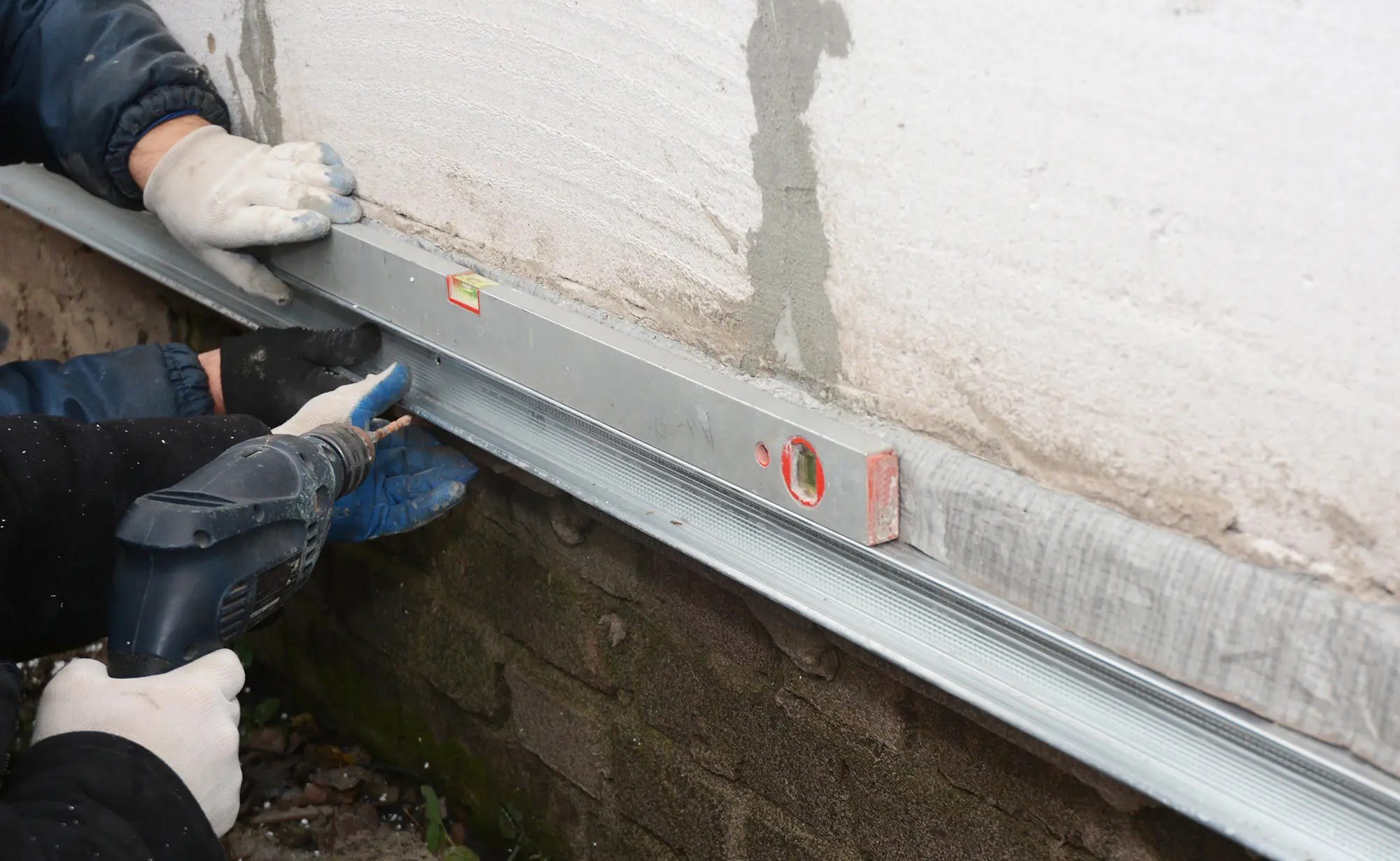
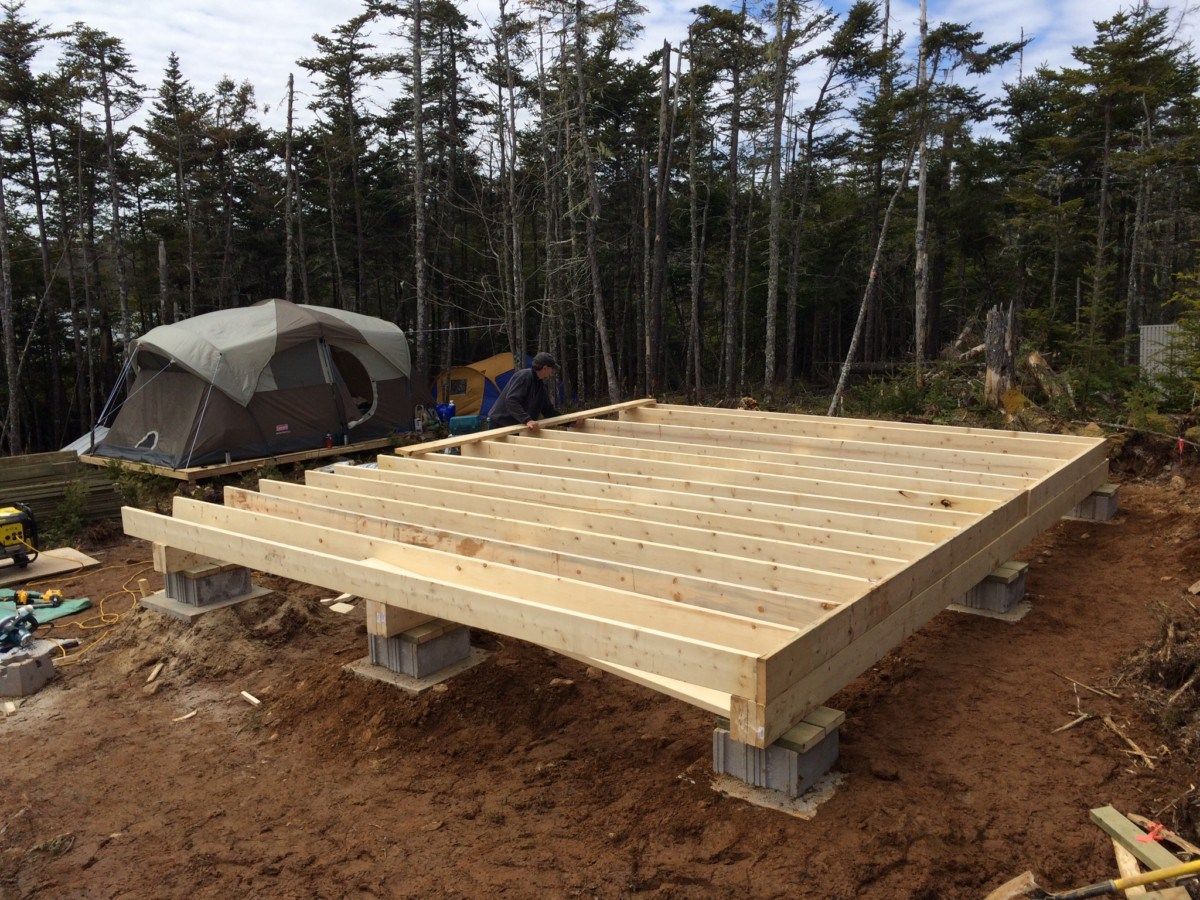
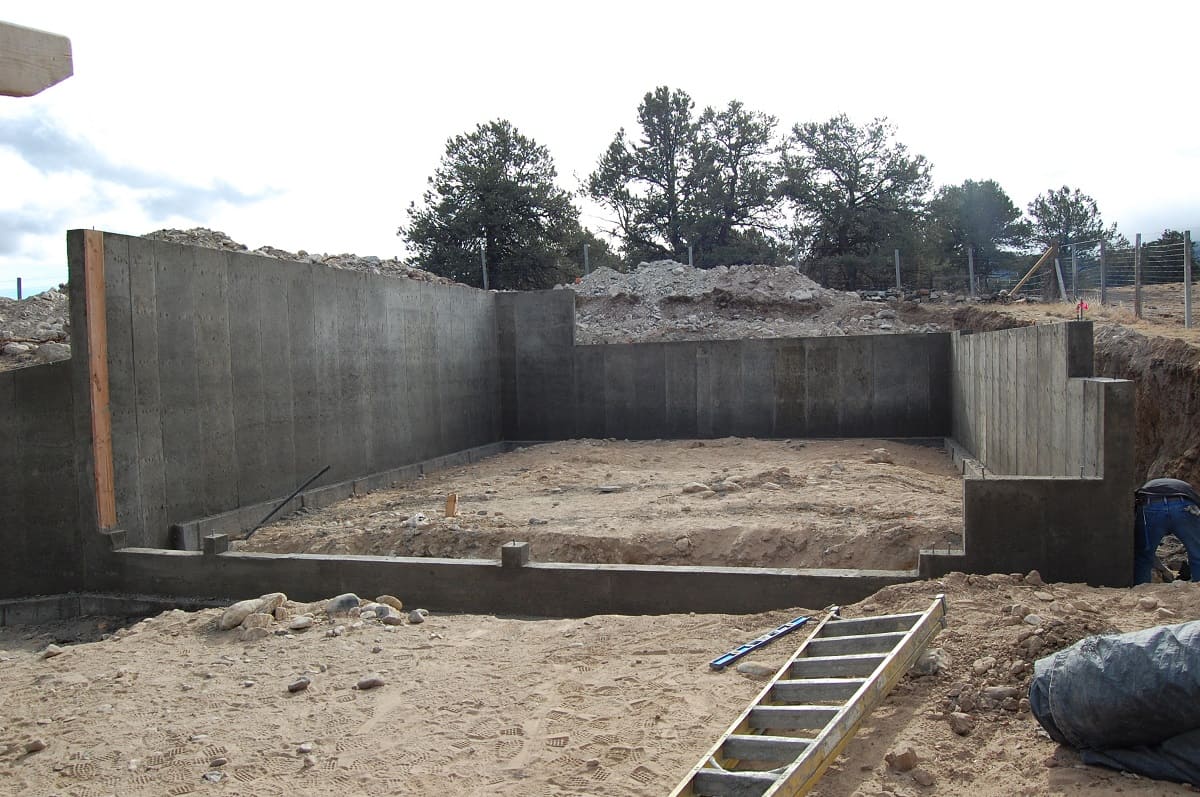
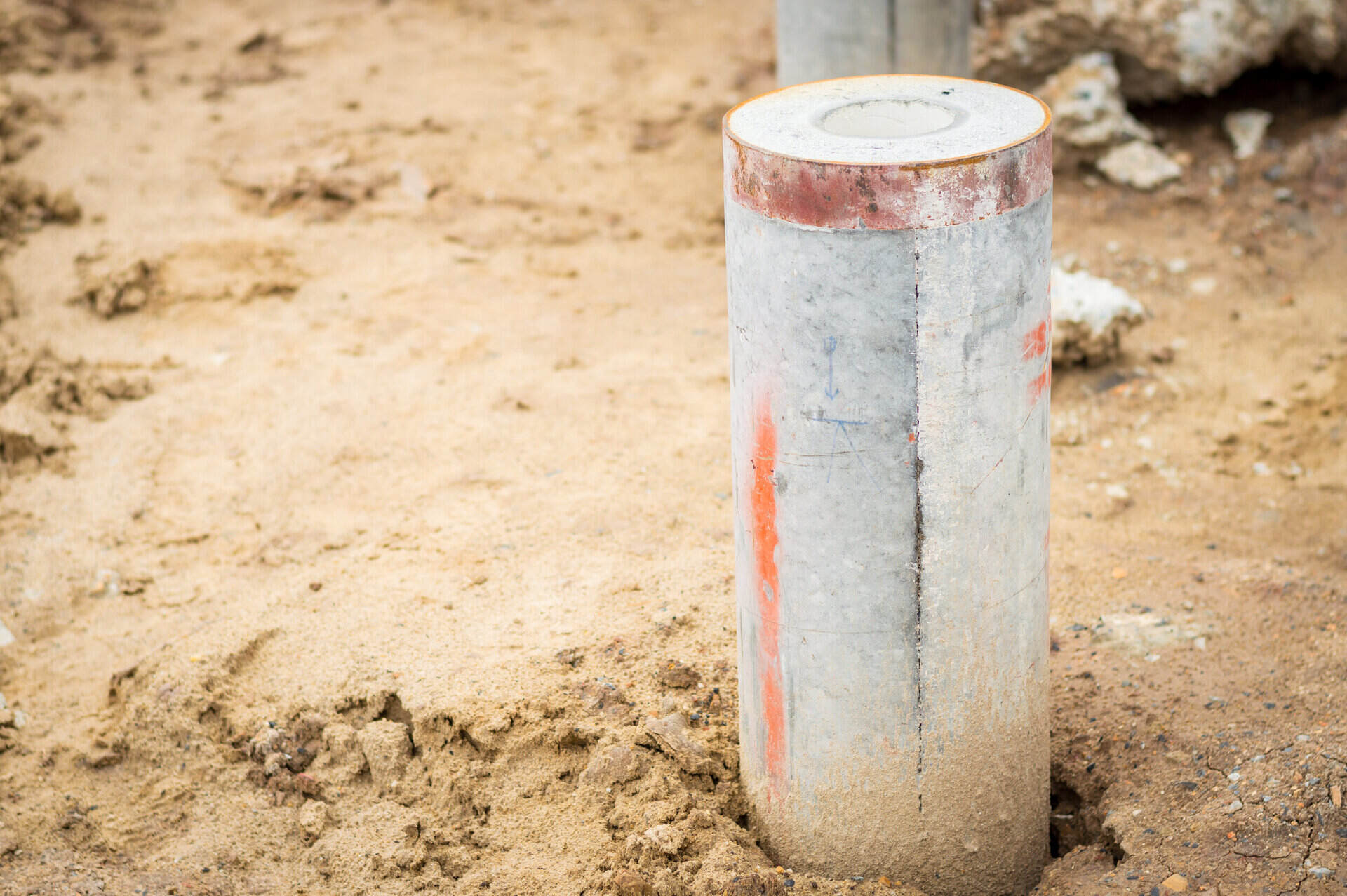
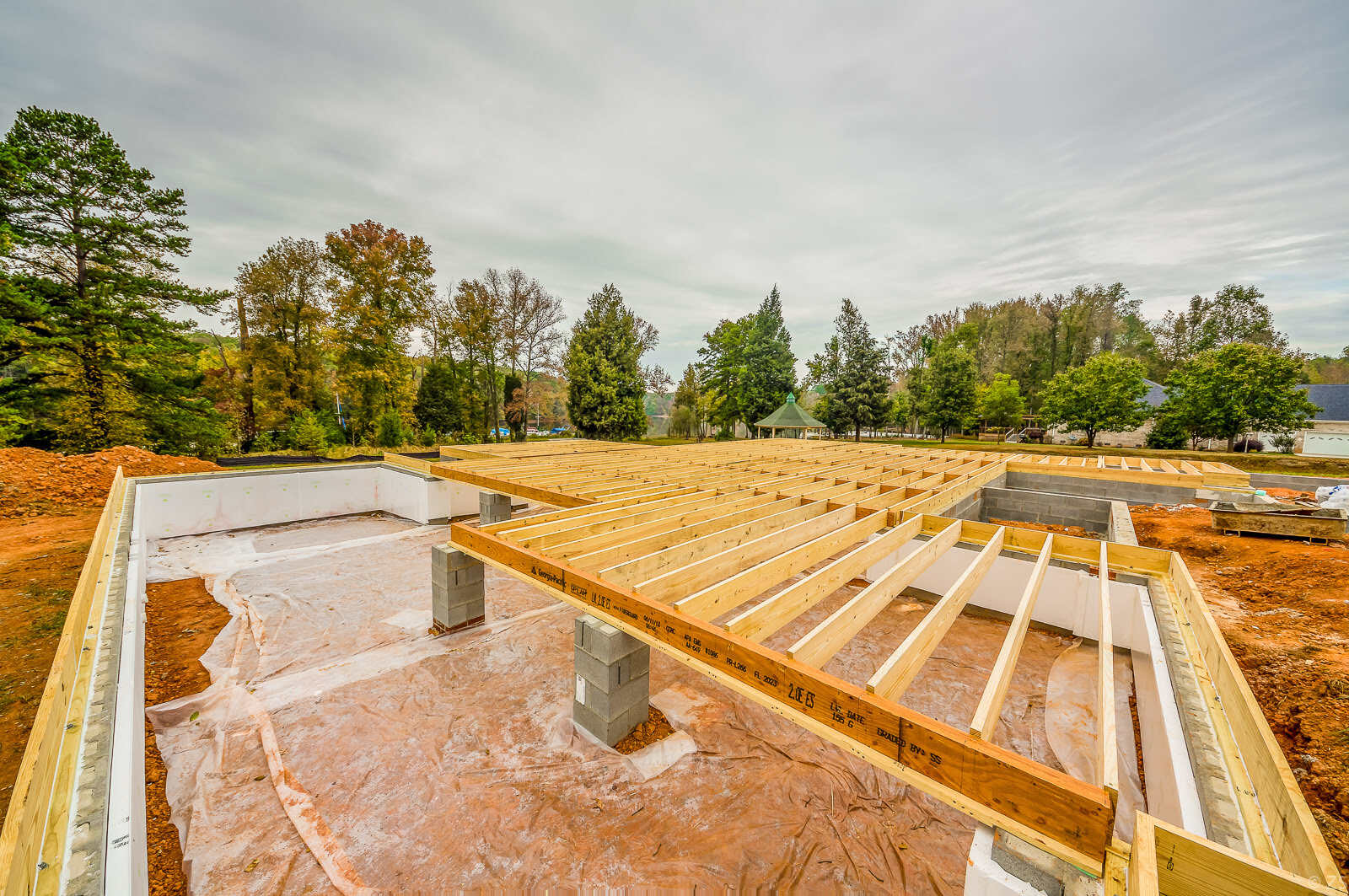
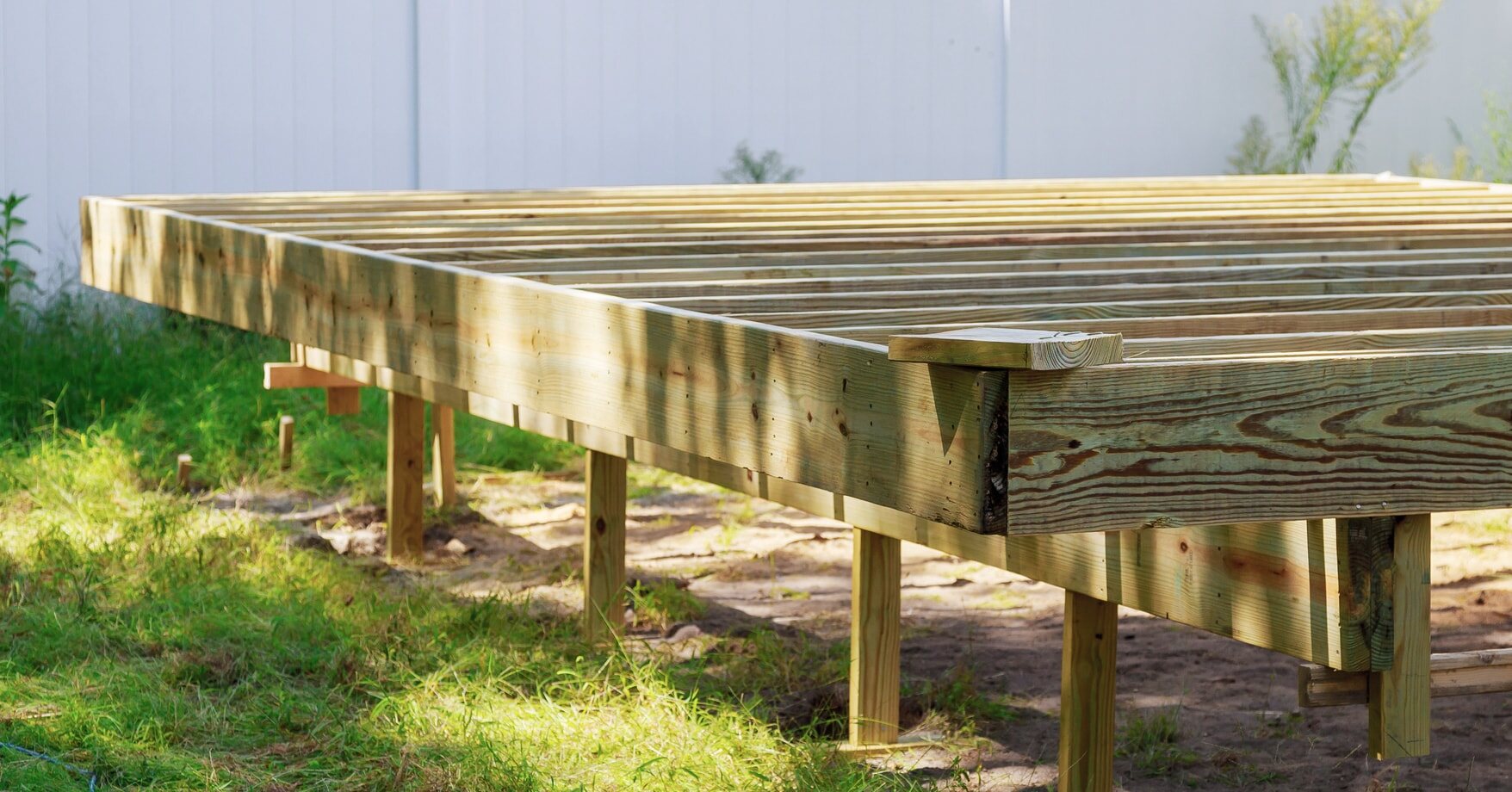
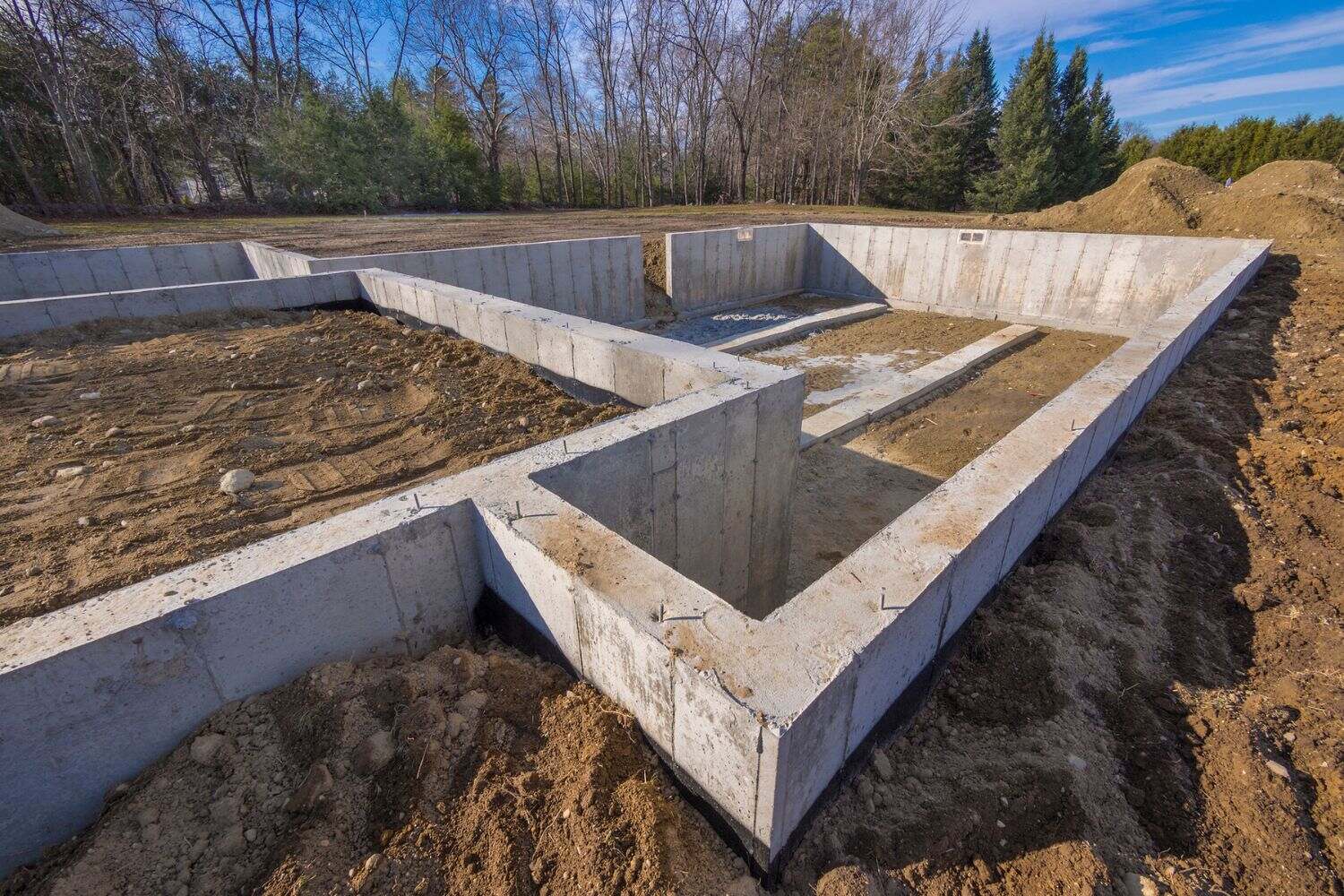
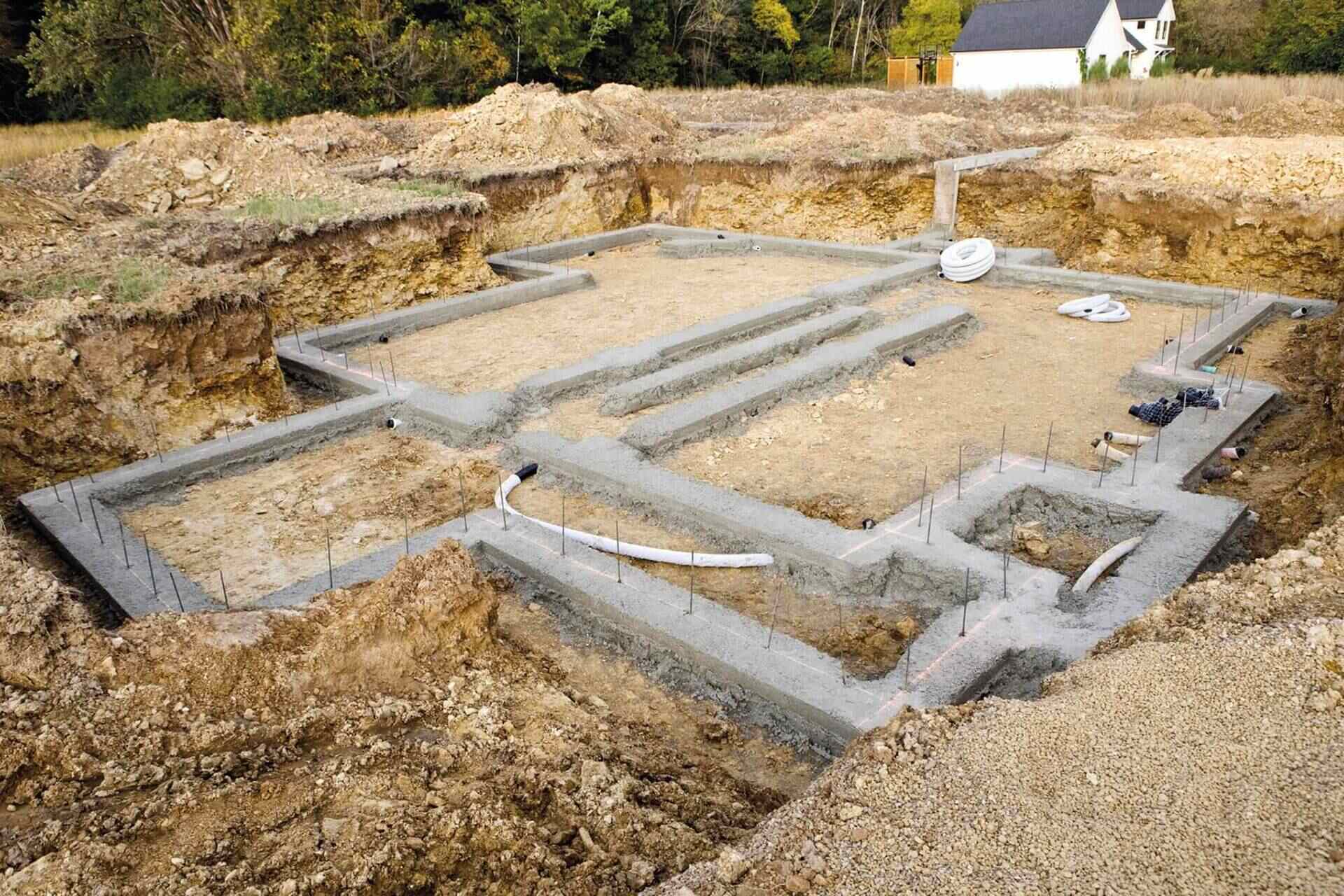
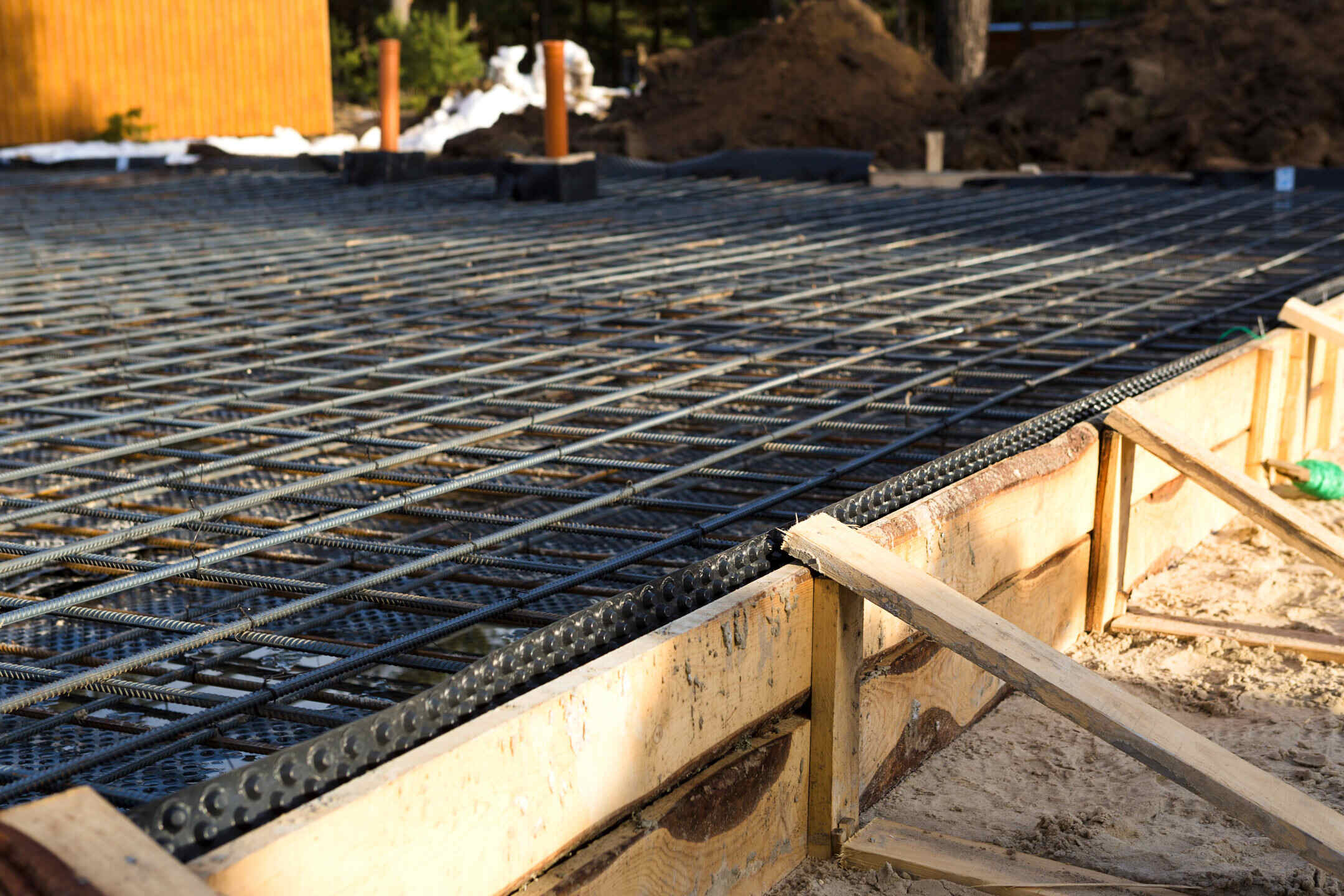

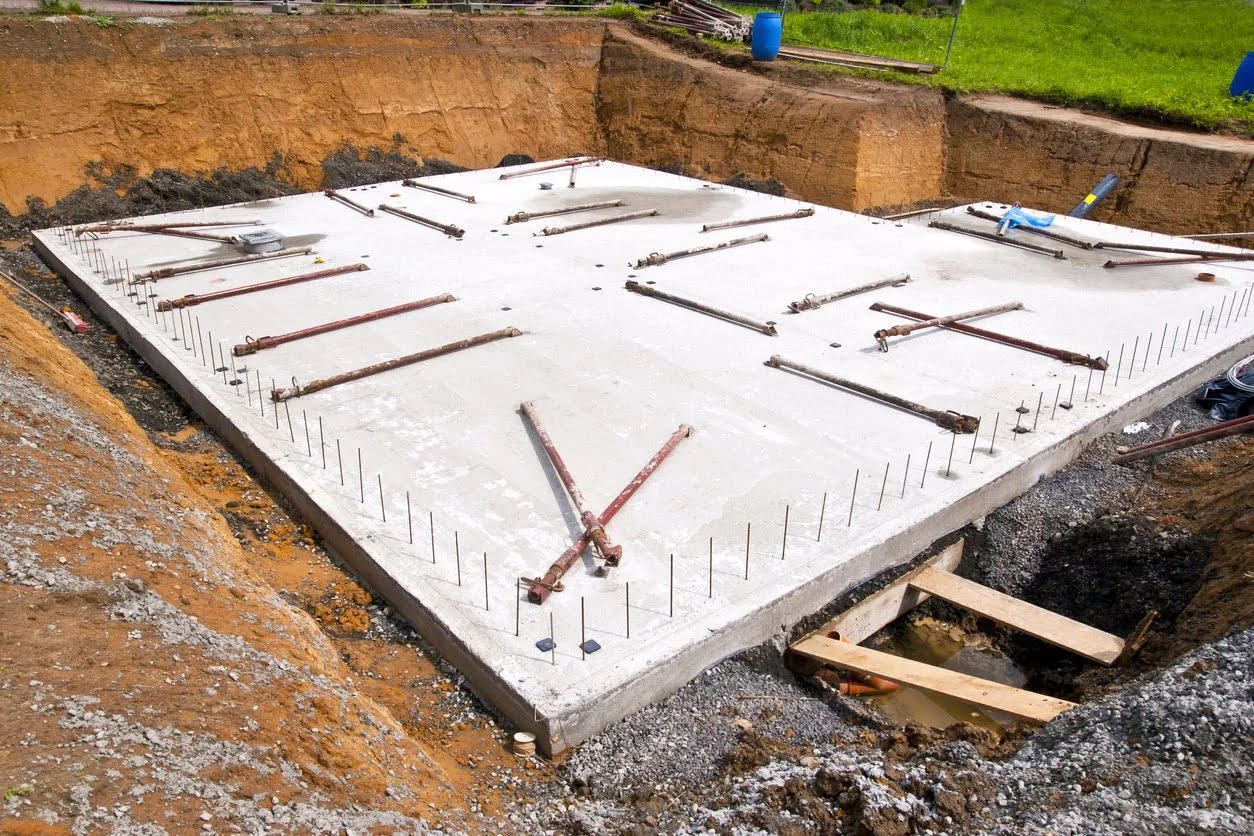
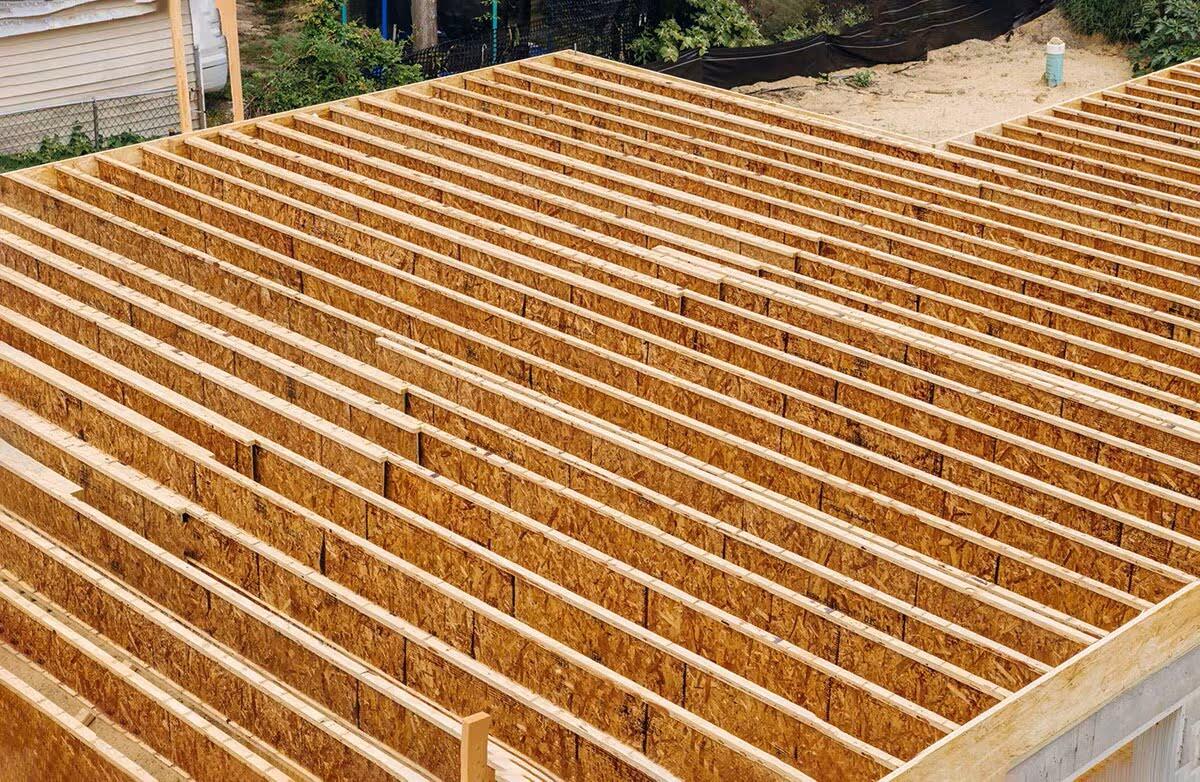
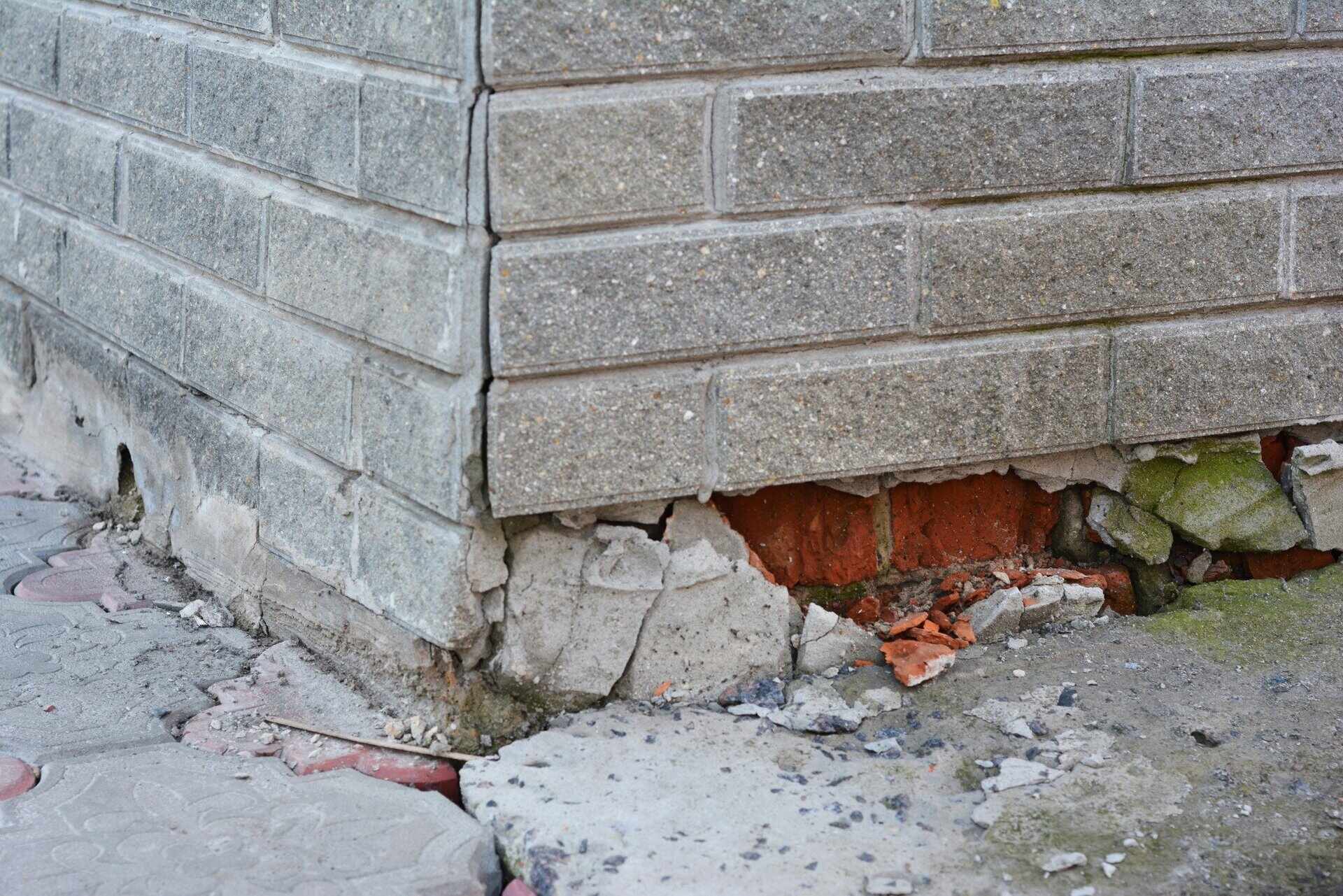
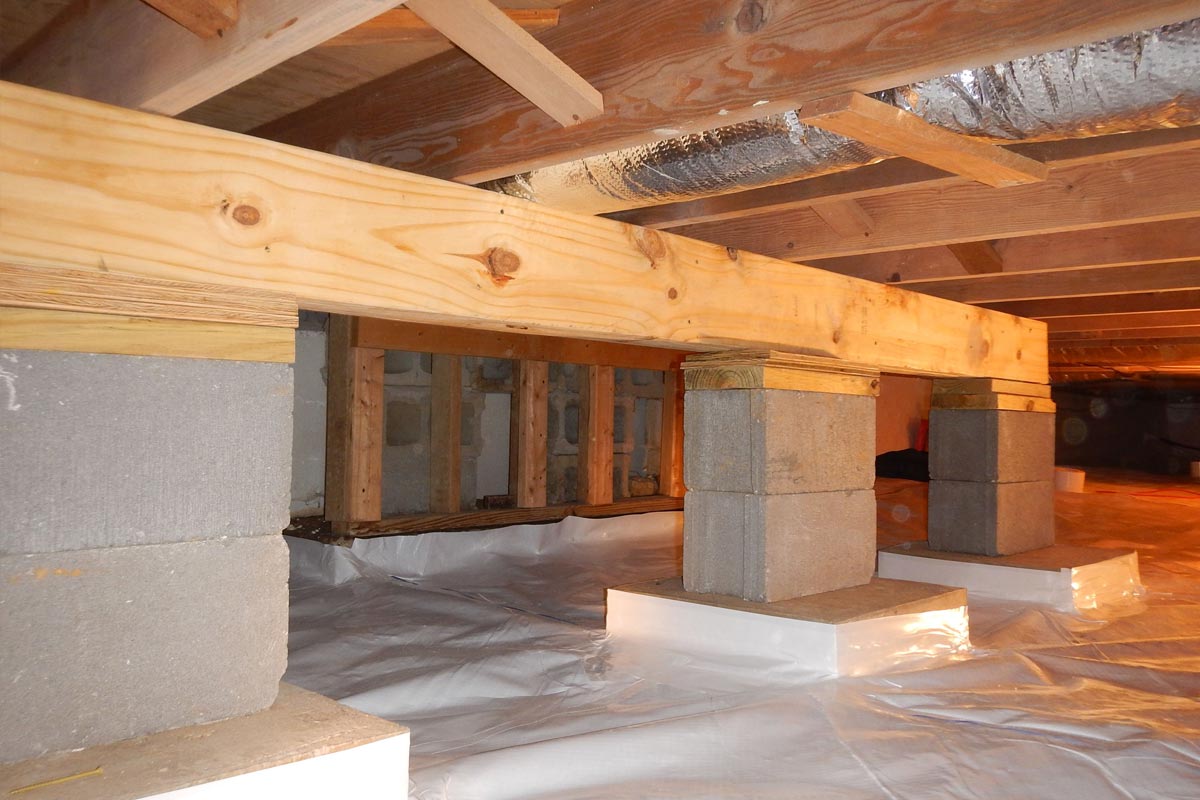

0 thoughts on “How To Build A Concrete Foundation”